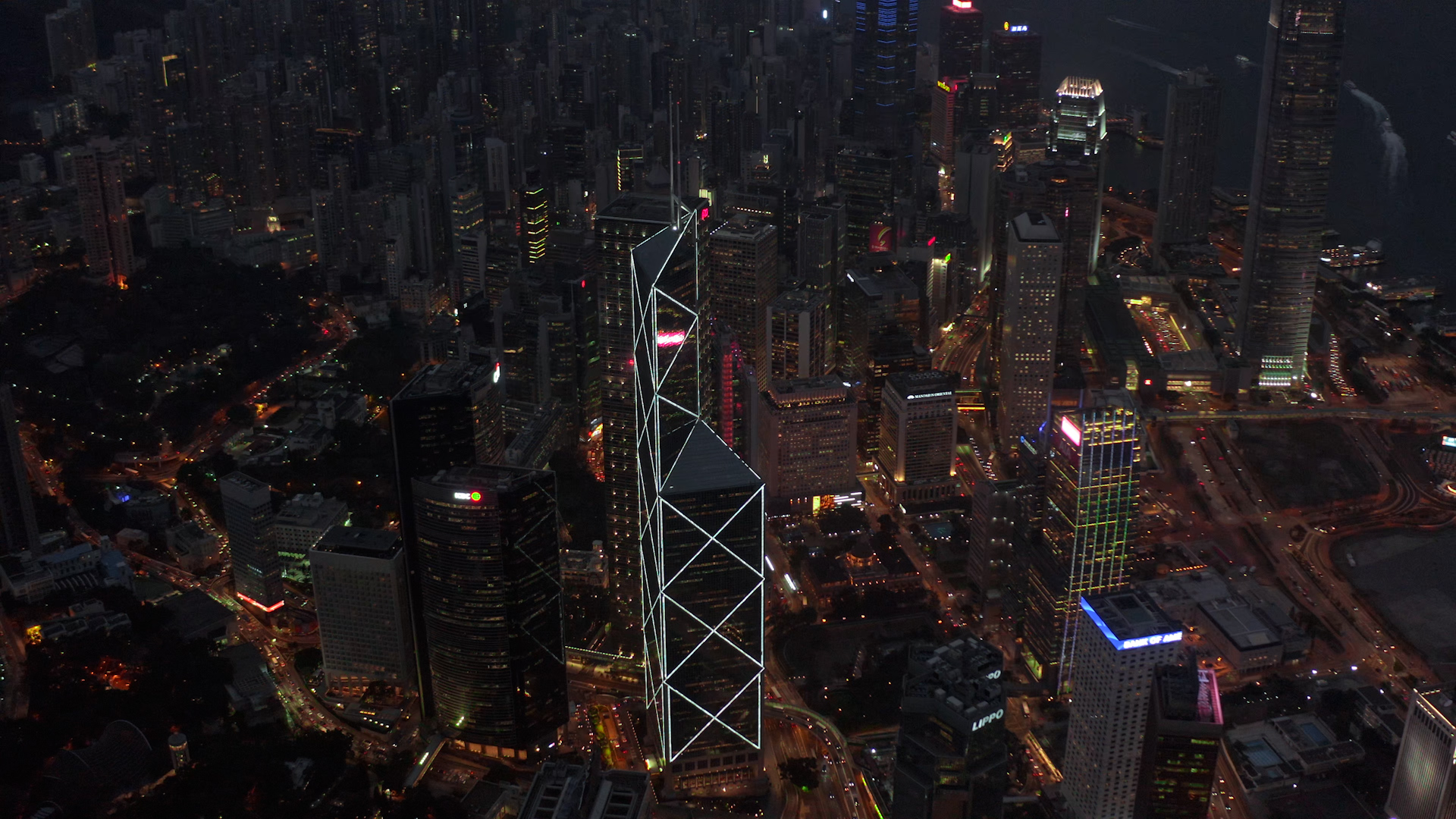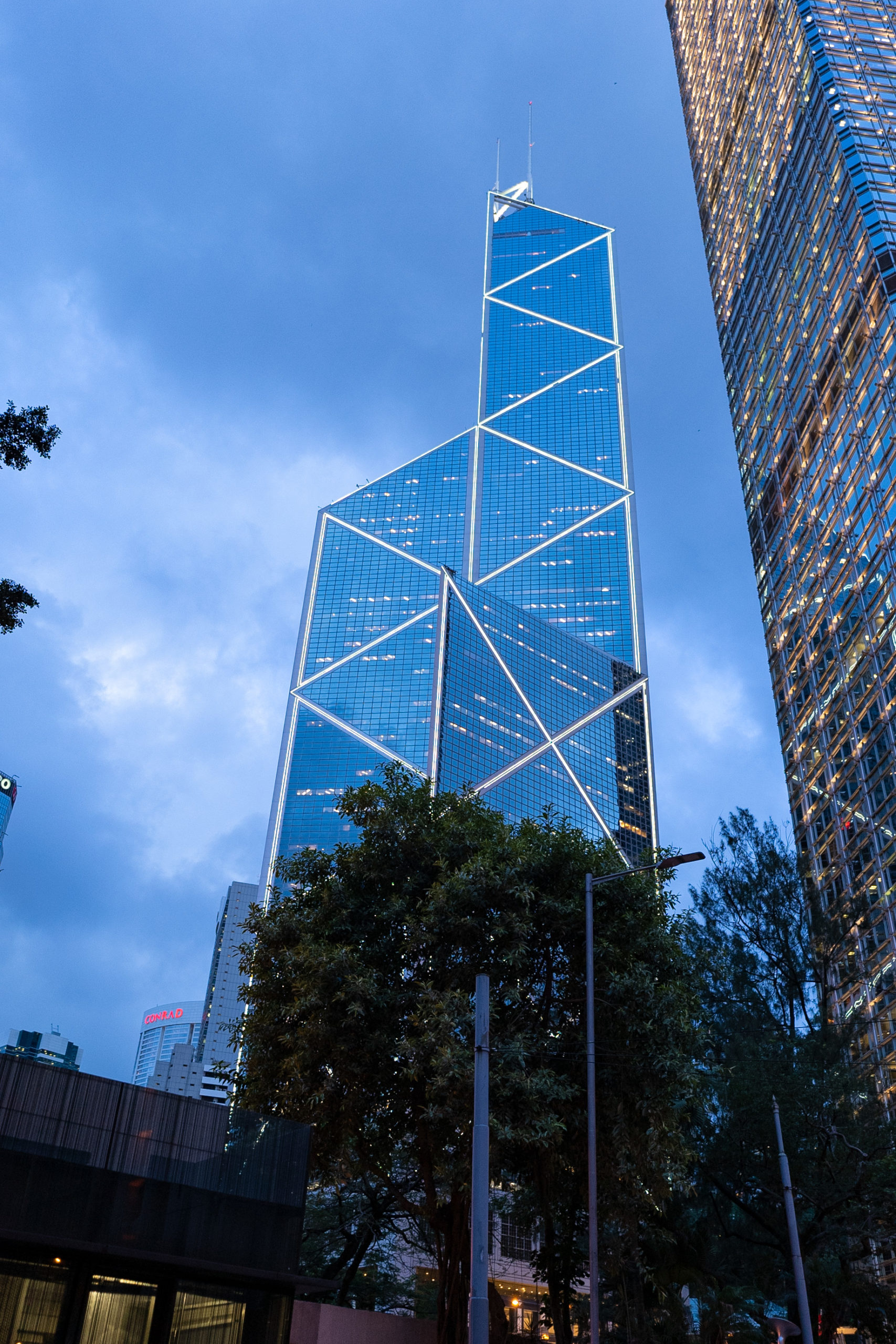Name (English): Bank of China Tower
Name (Chinese): 中銀大廈
Category: Uncategorized
Address (English): 1 Garden Road, Central, Hong Kong
Address (Chinese): 香港中環花園道1號
Address Google Map Link: https://goo.gl/maps/tGqGdncHMNm7TGVN8
Address longitude and latitude: 22.279319177173285, 114.16149108587896
Nearest MTR Station: Central Station Exit J2
Nearest MTR Station Google Map Link: https://goo.gl/maps/hYFCUL62j9m7qX5N6
Nearest MTR Station longitude and latitude: 22.28113289558186, 114.16086305258521
How far from the nearest MTR Station: 8-minute walk from Central MTR Exit J2
Opening Hours:
MON 09:00 – 17:00
TUE 09:00 – 17:00
WED 09:00 – 17:00
THU 09:00 – 17:00
FRI 09:00 – 17:00
SAT 09:00 – 13:00
SUN Closed
Recommended Time to Visit: Anytime
Accessibility Note: Easy access
You may not have heard of it, but you have definitely seen photographs and sketches of it. The Bank of China Tower (BOC Tower) is the face of Hong Kong. Not only is it highly recognizable amidst the city’s skyscrapers jungle, it has also been featured in pop culture such as the Transformers franchise and the video game SimCity.
The brain behind the BOC Tower was I. M. Pei, the leading-edge architect who also decided to place a glass pyramid in the middle of the Louvre. So it’s no surprise that his state-of-the-art had spurred some edginess among the crowd back in the days.

Just some 30 years old, how the tower is where it is in the prime Central area is a noteworthy anecdote. Its site stood the original Murray House—yes, you heard me right, the Murray House now situated in Stanley—a British officers’ quarters built in 1844. When the land was sold to BOC under a fairly lucrative deal in 1982 amidst soaring land price, some saw it a British government’s favouritism to a Chinese entity. Looking back in history, perhaps this act of replacing a colonial premise with the headquarters of a Sino company had already paved the way to 1984’s Sino-British Joint Declaration.
Official publication has it that the design captures the essence of bamboo shoots, symbolizing core Chinese values such as aspiration and growth. The general public, however, saw it quite differently. The building, when seen from the ground, is much akin to a sword piercing through the sky; its blades threatening the Government House (the official residence of Governors during British rule and Chief Executives after the Handover) and the adjacent HSBC headquarters. Despite denying a deliberate jinx (Pei claimed he didn’t take fengshui into account when coming up with the idea) and making amendments to the original design, its knife-like outline was still unsettling to its neighbors and had led to some interesting fengshui countering, such as the canons on the rooftop of HSBC headquarters. People of that time even attributed the sudden death of then Governor Sir Edward Youde (1924 – 1986) and the 1989 financial crisis to its existence.

Was its design a purposeful inaction? A means to establish a firm Chinese presence? I guess we’ll never know. But what we do know is that the BOC Tower will continue to light up Hong Kong’s skyline and stand as the icon of the Asian world city.
#boctower #bankofchinatower #skyscrapers #hkskyline #discoverhongkong #explorehongkong #visithongkong #hongkongtravel #ilovehongkong #hkhistory #hongkonghistory #hkstory #hongkongstory


